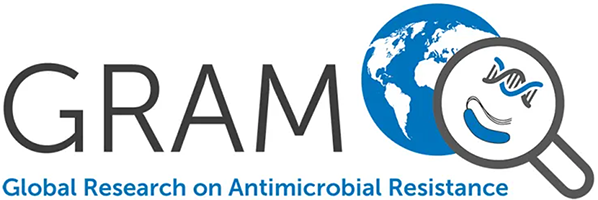Feasibility of modified surviving sepsis campaign guidelines in a resource-restricted setting based on a cohort study of severe S. aureus sepsis [corrected].
Mahavanakul W., Nickerson EK., Srisomang P., Teparrukkul P., Lorvinitnun P., Wongyingsinn M., Chierakul W., Hongsuwan M., West TE., Day NP., Limmathurotsakul D., Peacock SJ.
BACKGROUND: The Surviving Sepsis Campaign (SSC) guidelines describe best practice for the management of severe sepsis and septic shock in developed countries, but most deaths from sepsis occur where healthcare is not sufficiently resourced to implement them. Our objective was to define the feasibility and basis for modified guidelines in a resource-restricted setting. METHODS AND FINDINGS: We undertook a detailed assessment of sepsis management in a prospective cohort of patients with severe sepsis caused by a single pathogen in a 1,100-bed hospital in lower-middle income Thailand. We compared their management with the SSC guidelines to identify care bundles based on existing capabilities or additional activities that could be undertaken at zero or low cost. We identified 72 patients with severe sepsis or septic shock associated with S. aureus bacteraemia, 38 (53%) of who died within 28 days. One third of patients were treated in intensive care units (ICUs). Numerous interventions described by the SSC guidelines fell within existing capabilities, but their implementation was highly variable. Care available to patients on general wards covered the fundamental principles of sepsis management, including non-invasive patient monitoring, antimicrobial administration and intravenous fluid resuscitation. We described two additive care bundles, one for general wards and the second for ICUs, that if consistently performed would be predicted to improve outcome from severe sepsis. CONCLUSION: It is feasible to implement modified sepsis guidelines that are scaled to resource availability, and that could save lives prior to the publication of international guidelines for developing countries.

